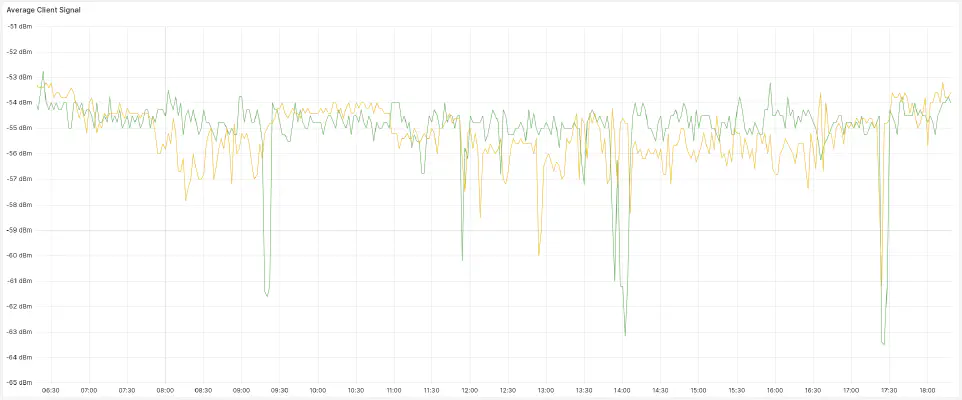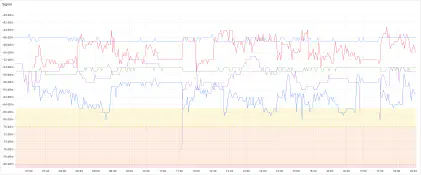The Double Trouble of Multiple SSIDs and Low Data Bit Rates: A Wi-Fi Network Performance Breakdown
Degraded Wi-Fi performance from too many SSIDs?

David Hallum
October 4, 2023
In today’s digital age, Wi-Fi networks are the lifeblood of our connected world, enabling us to work, learn, and socialize seamlessly. However, despite their ubiquity, Wi-Fi networks can experience performance issues, and two common culprits are having too many wireless SSIDs and setting data bit rates too low. In this blog post, we’ll delve into these issues and understand how they can negatively impact Wi-Fi network performance.
The Perils of Too Many SSIDs
SSID, or Service Set Identifier, is the name of a wireless network that you see when you scan for available Wi-Fi connections on your device. Having an excessive number of SSIDs on a single network can lead to a host of problems:
Network Congestion: Each SSID broadcasts beacon frames to announce its presence. When numerous SSIDs are present, the airwaves become congested with these frames, creating interference and reducing the overall network efficiency.
Channel Interference: Too many SSIDs can lead to channel interference as they compete for airtime. This interference disrupts the flow of data, causing slower speeds and increased packet loss.
User Confusion: An abundance of SSIDs can be confusing for users, making it challenging to identify and connect to the correct network. This complexity can lead to a poor user experience as people struggle to choose the right network.
Administrative Overhead: Maintaining numerous SSIDs can be administratively burdensome. Managing security settings, monitoring performance, and applying updates across multiple SSIDs is time-consuming and can lead to misconfigurations.
The Troubles with Low Data Bit Rates
Data bit rates indicate the speed at which devices can transmit data over a Wi-Fi connection. Setting data bit rates too low can have detrimental effects on network performance:
Reduced Throughput: Low data bit rates limit the amount of data that can be transmitted within a given time frame. This results in slower internet speeds and sluggish overall performance, especially when multiple devices are connected.
Increased Latency: Low data bit rates introduce higher latency, or the delay in data transmission. This leads to a noticeable lag in activities like video streaming, online gaming, and video conferencing.
Inefficient Spectrum Usage: Low data bit rates cause devices to transmit data slowly, hogging airtime and reducing the overall efficiency of the network. This affects all connected devices, not just the ones with low data bit rates.
Impact on Modern Applications: Many modern applications and services demand higher data bit rates to function optimally. Setting data bit rates too low can render these applications unusable or degrade the user experience.
Best Practices for Improved Wi-Fi Network Performance
To mitigate the issues caused by an excessive number of SSIDs and low data bit rates, consider implementing the following best practices:
SSID Rationalization: Reduce the number of SSIDs to only those that are essential. Segregate your network for security and organization while avoiding SSID overload.
Data Bit Rate Optimization: Set data bit rates to match the capabilities of your devices. Avoid unnecessarily low data bit rates while ensuring that high data bit rates are compatible with your network infrastructure.
Quality of Service (QoS): Implement QoS settings to prioritize critical traffic like VoIP or video streaming, ensuring they receive sufficient bandwidth.
Regular Monitoring: Continuously monitor your network performance and adjust SSID and data bit rate settings as needed to adapt to changing requirements.
Conclusion
In the realm of Wi-Fi networking, performance is paramount. An excessive number of SSIDs and low data bit rates can undermine your network’s efficiency and frustrate users. By rationalizing your SSIDs and optimizing your data bit rates, you can alleviate these issues and ensure that your Wi-Fi network operates at its best, delivering a seamless and efficient online experience for all connected devices and users.

